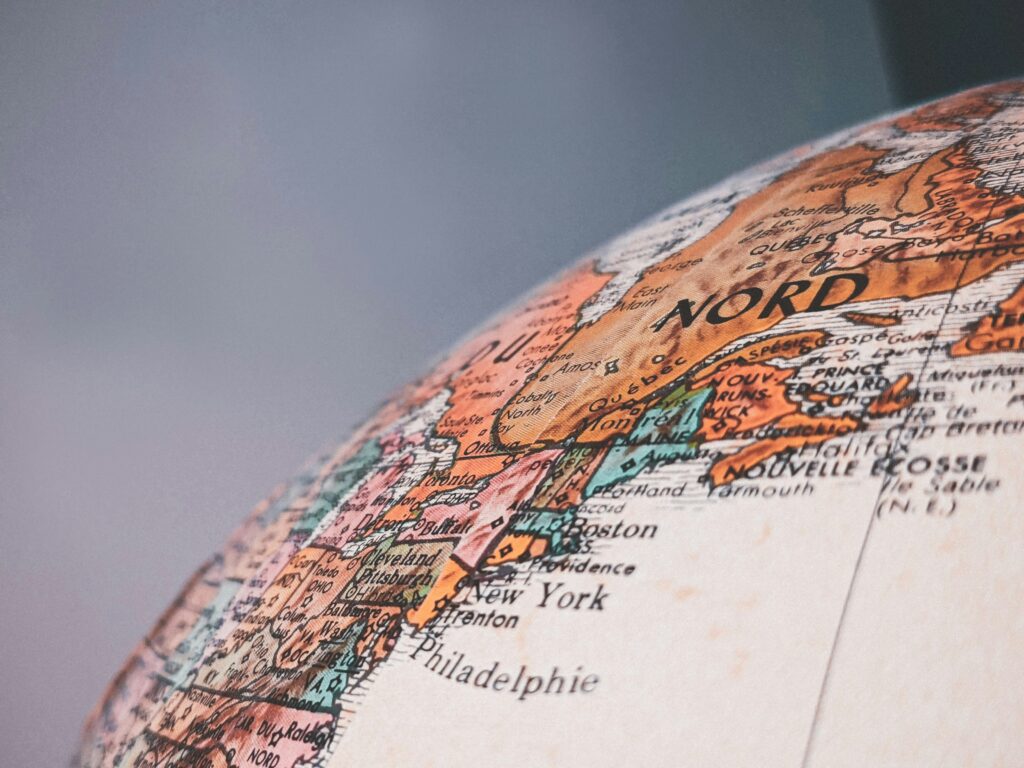Essential Bengali Phrases for Travelers
Bengali, Travel Essential Bengali Phrases for Travelers to Kolkata or Dhaka April 28, 2025 If you’re planning a trip to Kolkata, the cultural capital of India, or Dhaka, the capital of Bangladesh, learning a few basic Bengali phrases can transform your travel experience. Not only will it help you get around more easily, but it will also show the locals that you respect and appreciate their language and culture. Bengali (or Bangla, as it is called by locals) is the 7th most spoken language in the world by the number of native speakers (check out our post ‘The most spoken languages in the world‘ for more details). Thus, picking up a few words can make your whole trip feel completely different — even a simple greeting in Bengali can create memorable interactions with locals. Here’s a handy guide to help you feel more confident as you explore these vibrant cities: 1. Basic Greetings Here are a few you’ll hear often: Hello — হ্যালো (Hyālō) or নমস্কার (Nomoshkar) (Use “Nomoshkar” in Kolkata especially, where traditional forms of greeting are still very common.) Good morning — সুপ্রভাত (Suprabhāt) Good evening — শুভ সন্ধ্যা (Shubho shondhya) Goodbye — বিদায় (Biday) In informal settings like cafés or shops, a simple “Hello” works fine. But if you’re entering someone’s home, a respectful “Nomoshkar” will be appreciated. 2. Polite Expressions Courtesy is essential in Bengali culture, whether you’re asking for directions or buying something from a market stall. Here are some expressions to help you along the way: Please — অনুগ্রহ করে (Onugroho kore) Thank you — ধন্যবাদ (Dhonnobad) You’re welcome — স্বাগতম (Swāgatam) or simply কিছু না (Kichu na) — “It’s nothing” Sorry — দুঃখিত (Dukhkhito) Excuse me — মাফ করবেন (Māf korbēn) Bengalis are generally very forgiving toward foreigners trying to speak their language. If you make a mistake, a polite “Sorry” (দুঃখিত) will be enough! 3. Introductions Whether you’re chatting with a cab driver, a shopkeeper, or a friendly local, knowing how to introduce yourself helps build connections. My name is… — আমার নাম … (Āmār nām …) What is your name? — আপনার নাম কী? (Āpnār nām kī?) Nice to meet you — আপনার সাথে দেখা হয়ে ভাল লাগলো (Āpnār sāthē dēkhā hōẏē bhālo lāglō) Asking about someone’s well-being is common right after introductions. You might hear: How are you? — আপনি কেমন আছেন? (Āpni kemon achhen?) A simple reply would be: I’m fine — আমি ভালো আছি (Āmi bhalo āchi) 4. Getting Around Navigating busy streets, lively markets, and crowded transport systems can feel overwhelming — but a few phrases can make it much easier! Where is…? — … কোথায়? (… kothay?) How much is this? — এটা কত দাম? (Ēṭā kôto dām?) I want to go to… — আমি … যেতে চাই (Āmi … jetē chāi) Left — বামে (Bāmē) Right — ডানে (Ḍānē) Straight — সোজা (Sōjā) Example: If you want to ask, “Where is the metro station?” you can say: Metro station কোথায়? (Metro station kothay?) 5. Eating Out Food is central to life in Bengal. Whether you’re tasting puchka (pani puri), biryani, or sweets like rasgulla, these phrases can be helpful: I’m vegetarian — আমি নিরামিষাশী (Āmi nirāmiṣāśī) Not spicy — ঝাল কম দিন (Jhal kom din) Water — পানি (Pāni) It’s delicious! — এটা দারুন সুস্বাদু! (Ēṭā dārun suśwādu!) Bill, please — বিল দিন (Bil din) Foodie Tip: In Bangladesh and West Bengal, even “mild” food can sometimes be quite spicy by Western standards. Don’t hesitate to politely ask for less spice! 6. Emergencies It’s always good to know a few phrases in case of an emergency. Help! — সাহায্য করুন! (Sāhāyya korun!) I’m lost — আমি হারিয়ে গেছি (Āmi hāriẏē gēchi) Call the police — পুলিশ ডাকুন (Puliś ḍākun) Doctor — ডাক্তার (Ḍāktār) Hospital — হাসপাতাল (Hāspātāl) Tip: Always keep the name and address of your hotel written down in Bengali as well — taxi drivers or locals might not always be able to read English scripts easily. 7. Numbers at a Glance Whether you’re shopping, taking a rickshaw, or buying at a bazaar, numbers are your best friend. Prices are usually negotiable at street markets. 1 — এক (Ēk) 2 — দুই (Duī) 3 — তিন (Tīn) 4 — চার (Chār) 5 — পাঁচ (Pā̃ch) 6 — ছয় (Chhôy) 7 — সাত (Sāt) 8 — আট (Āṭ) 9 — নয় (Nôy) 10 — দশ (Dôsh) 100 — একশো (Ēksho) If you want to learn more about numbers, check out our Number & Time Lesson of the Bengali Beginner Course! 8. Other Useful Phrases Here are a few extra phrases that can make your conversations smoother: Yes — হ্যাঁ (Hyã̃) No — না (Nā) I don’t understand — আমি বুঝতে পারছি না (Āmi bujhtē pārchi nā) Do you speak English? — আপনি ইংরেজি বলতে পারেন? (Āpni inreji boltē pārēn?) Can you help me? — আপনি কি আমাকে সাহায্য করতে পারেন? (Āpni ki āmākē sāhāyya kôrtē pārēn?) Don’t worry about getting every word right. Using Bengali phrases, even imperfectly, shows respect and genuine interest. Your effort itself will be most probably warmly welcomed, with a smile and maybe even an offer of tea! A little Bengali will open doors to exciting experiences and new friendships. Safe travels and শুভ যাত্রা (Shubho Jātrā)! Leave a Comment Cancel Reply Logged in as travellscapes@gmail.com. Edit your profile. Log out? Required fields are marked * Message More than 2 results are available in the PRO version (This notice is only visible to admin users) Latest Posts All Posts Bengali Cultural Insights Hindi Immersion Language & Linguistics Language Guides Language Resources Learning Tips & Strategies Motivation & Mindset Travel Mastering A New Language: Practical Tips For Beginners March 23, 2025 Template March 23, 2025 New Year’s Eve Celebrations Around The World: A Cultural Journey December 31, 2024 Welcome To Languasphere! December 7, 2024 Categories Bengali (1) Cultural Insights (1) Language & Linguistics (1) Learning Tips & Strategies (1) Travel (1) Uncategorized (1) Tags Bengali Cultural Insights Language & Linguistics Learning Tips & Strategies Travel Uncategorized
Essential Bengali Phrases for Travelers Read More »





